TCM’s risk management process is simple: buy VIX futures when they begin to show signs of stress, aiming to offset equity declines as their value further increases in a subsequent crisis. Over the past six years, this method for balancing hedging cost and effectiveness has produced results that have attracted significant assets, not through a string of continuous victories but from a handful of critical moments when the explosive “skew” of VIX exposure protects portfolios more like an airbag than a seatbelt. Though the process is consistently applied, its results vary with the VIX / S&P relationship that is unique to each period.
April 2022 Commentary
Along with enabling the misallocation of capital with excessively loose policy, the Fed has a history of raising rates until a market crisis forms. In a globally interconnected system, any failure has the potential to propagate quickly and it is in this scenario where VIX prices become unhinged and provide powerful protection during periods like the Great Financial Crisis in 2008, the US Debt Downgrade Crisis in 2011 or the Corona Crisis in 2020. Especially in these periods, VIX protects like an airbag, not a seatbelt.
March 2022 Commentary
For such a formidable combination of risks, hedging markets have remained quite tentative in 2022, with the VIX index having yet to exceed its high for the year set intraday on Jan 24. Taking its cues from these same hedging markets, each of two hedging attempts on the year has resulted in mild costs for TCM portfolios, the most common outcome for the strategy's risk management module which seeks to add value not through consistency, but through the "positive skew" inherent in long volatility exposures.
February 2022 Commentary
After years of Fed-enabled denial, inflation is finally forcing investors to confront the realities of a hyper-leveraged financial system. VIX and equity markets are so far treating this as a chronic issue that will be addressed slowly and smoothly over time, but markets rarely move in smooth lines. As we saw with the last “rate scare” in late 2018 and early 2019, the situation can change quickly
January 2022 Commentary
Overall, January has many parallels with October 2018, the last Treasury-led correction for equities that produced similar results in stocks and the VIX. In retrospect, that experience was just the warning shot before clearer alarm bells in VIX and substantial hedging gains during the plunge in December that year. With the Fed widely expected to begin hiking rates in March, the stage may be set for more turbulence in 2022.

